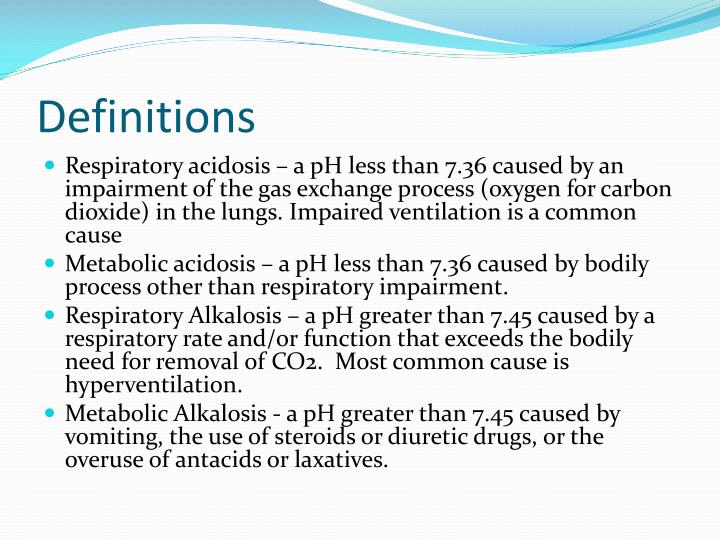

#End tidal capnography license
This activity is approved for 1.00 contact hours.ĪACN programming meets the standards for most states that require mandatory continuing education contact hours for license and/or certification renewal.

AACN has been approved as a provider of continuing education in nursing by the California State Board of Nursing (CBRN), California Provider number CEP 1036.
#End tidal capnography professional
The American Association of Critical-Care Nurses (AACN) is accredited as a provider of nursing continuing professional development by the American Nurses Credentialing Center's (ANCC's) Commission on Accreditation, ANCC Provider Number 0012. Accreditation refers to recognition of continuing education only and does not imply AACN or ANCC approval or endorsement of any commercial products discussed or displayed in conjunction with this educational activity. No conflicts of interest have been identified for any individual with the ability to influence the content of this activity. It has been determined that the material presented here shows no bias. This activity has been reviewed by the Nurse Planner. Learners must attend/view/read the entire activity and complete the associated evaluation to be awarded the contact hours or CERP. Outline the national guidance, patient care recommendations and safety considerations for all patients receiving EtCO2 monitoring.Ĭontinuing Education Disclosure Statement.Describe the components of normal and abnormal EtCO2 waveforms/trends, and their clinical significance in a variety of clinical settings.Explain the physiology associated with ventilation and perfusion and the role of EtCO2 monitoring to evaluate these elements.National guidance and care considerations are discussed. Real-time patient simulation is applied to explore EtCO2 waveforms. This introductory session explores the physiology of ventilation and perfusion and the use of EtCO2 monitoring to evaluate physiological status. To facilitate safe care, nurses must have a good understanding of this monitoring method. Required reading for all learners: Implicit Bias impacts patient outcomesĮnd-tidal CO2 (EtCO2) monitoring is routinely used during mechanical ventilation, procedural sedation and resuscitation.


 0 kommentar(er)
0 kommentar(er)
